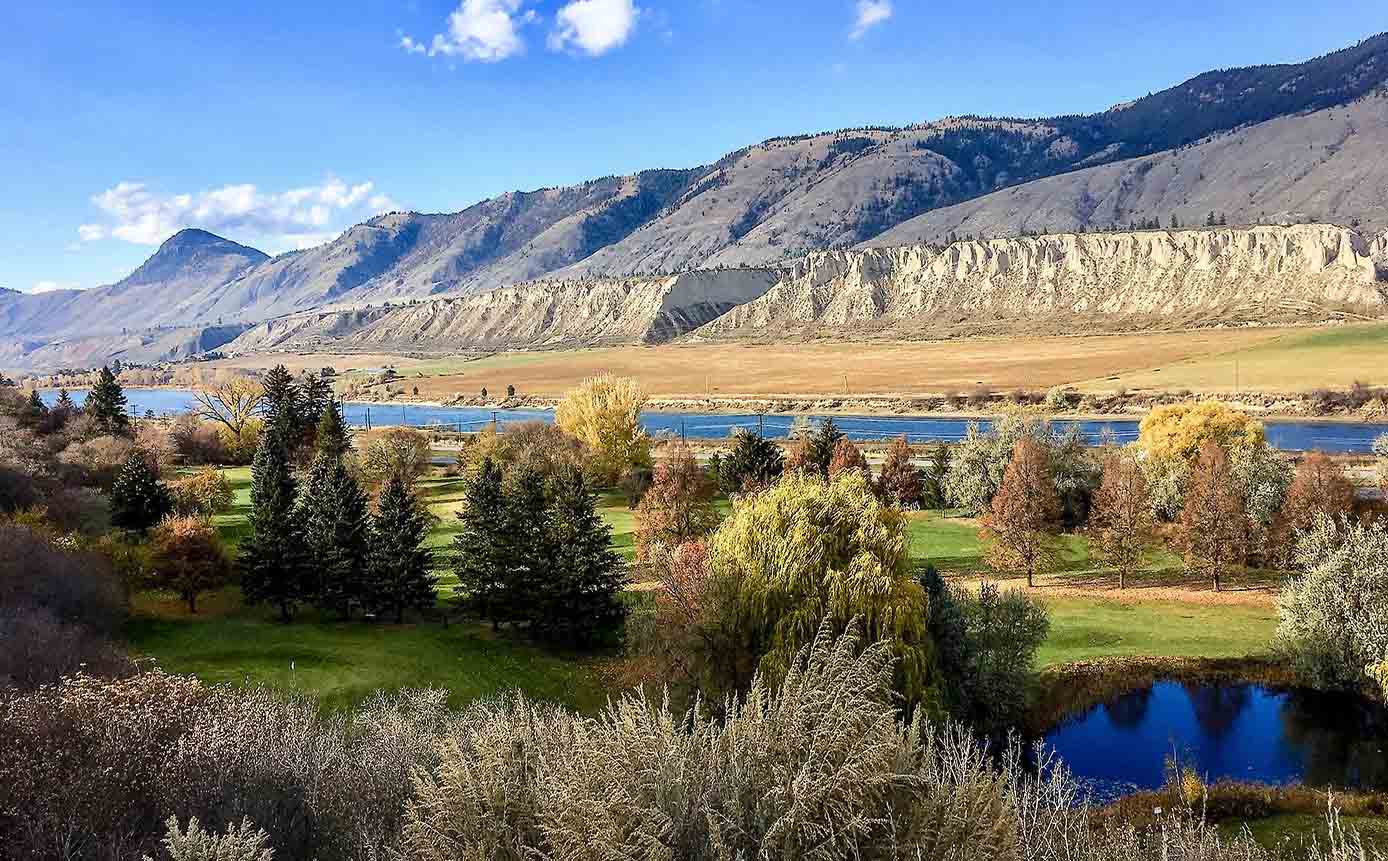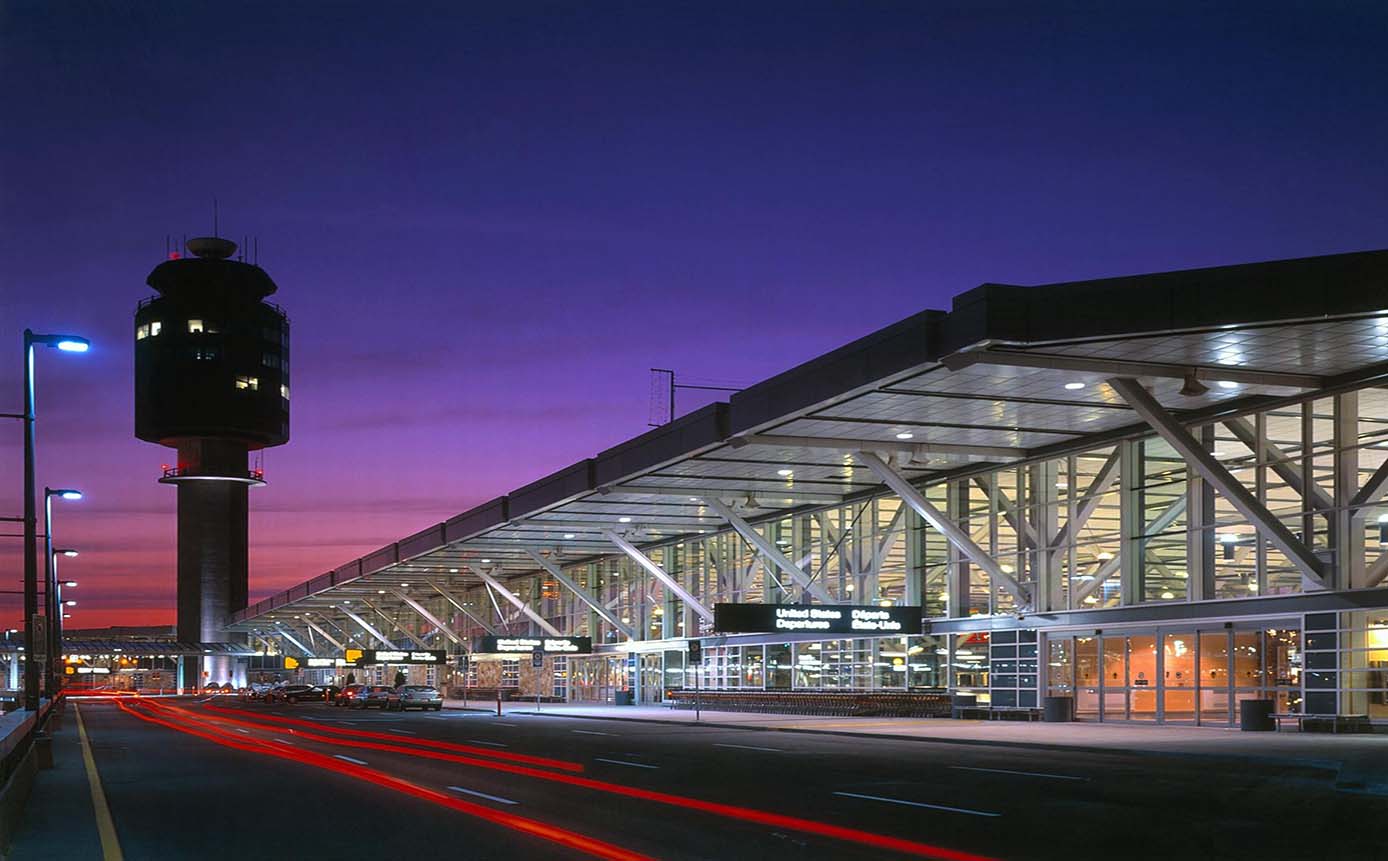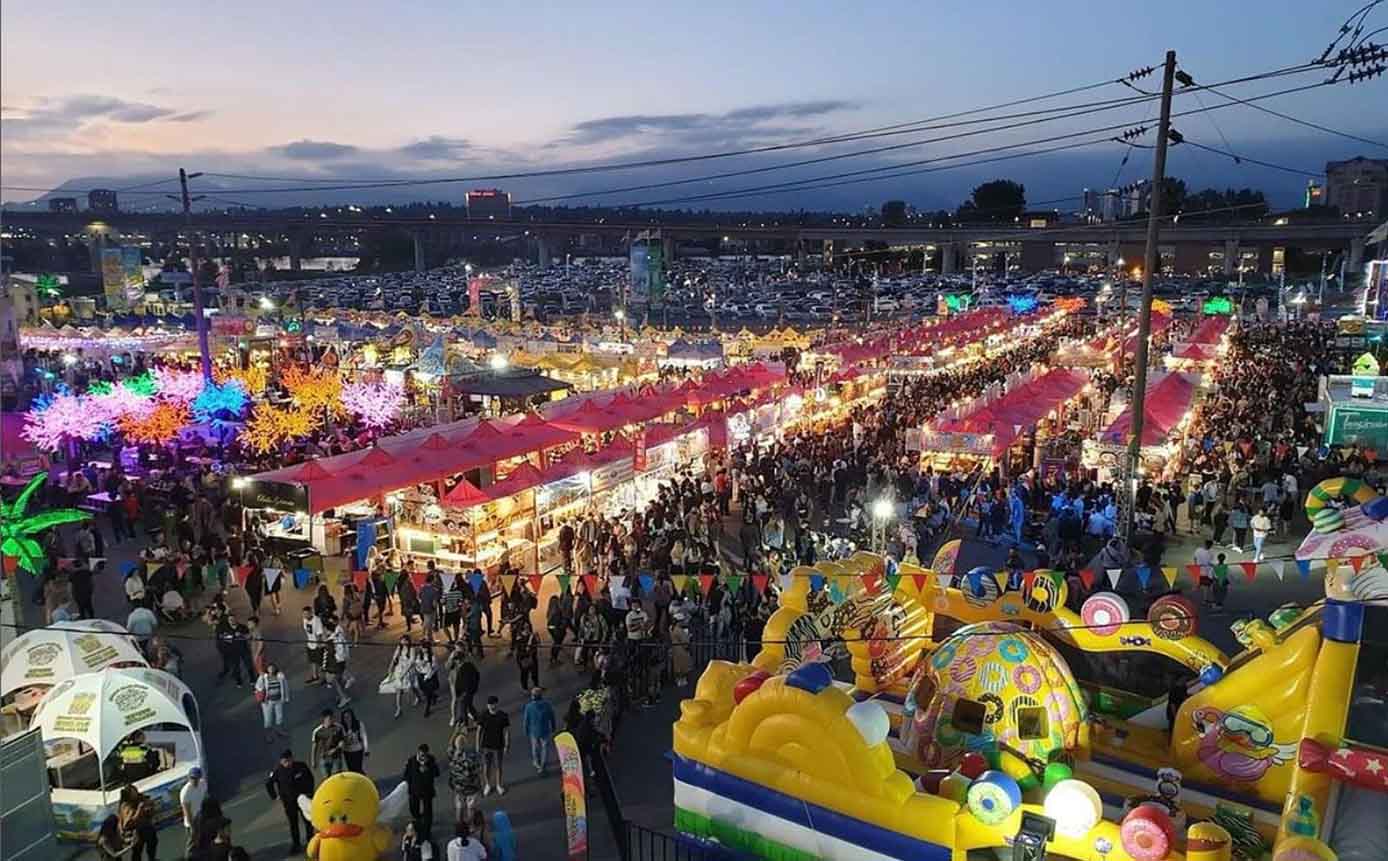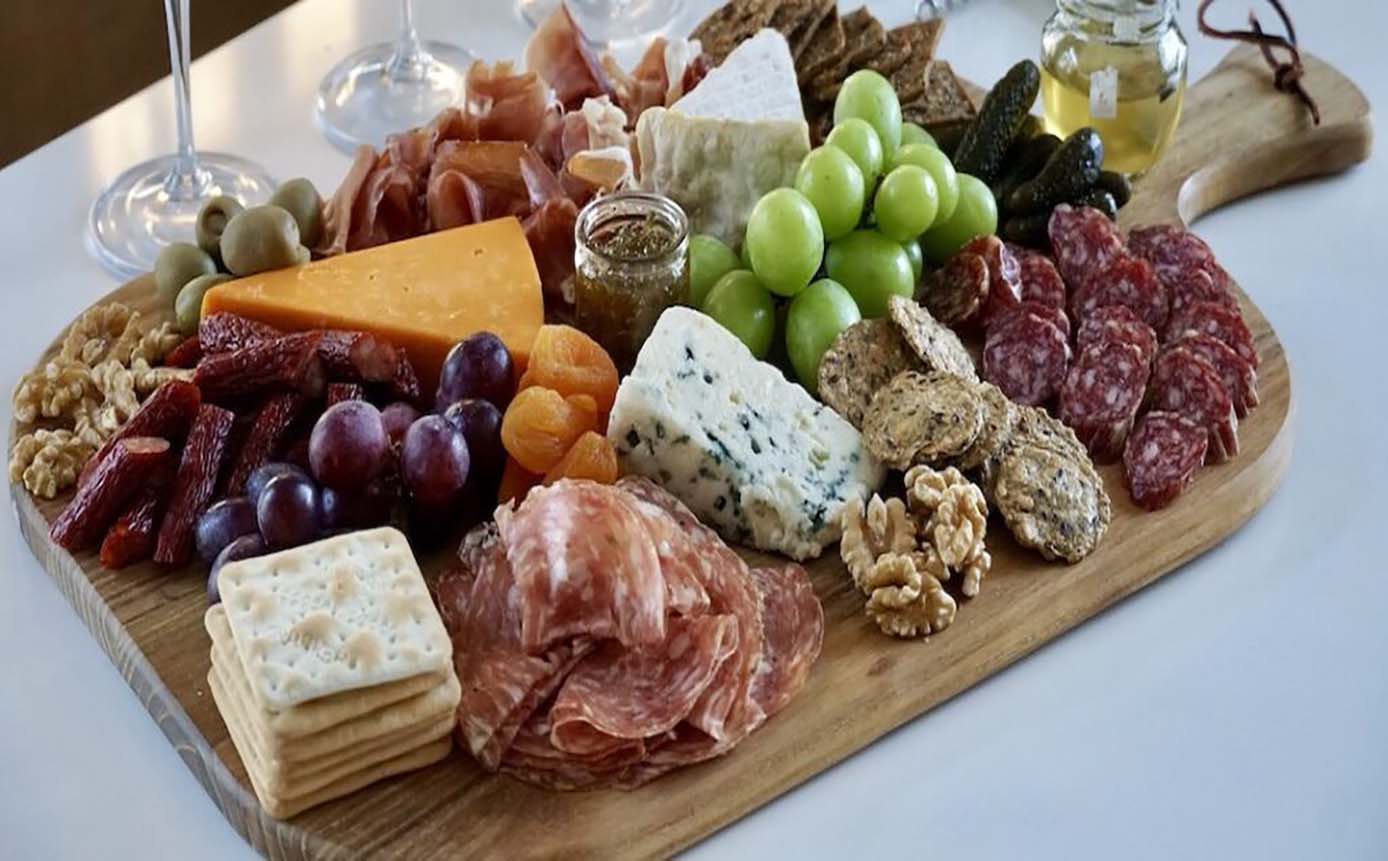Whenever I travel, I remind myself that safety is not about being fearful; it’s about being mindful. Kamloops, a city nestled in the heart of British Columbia’s Thompson Valley, has given me some of my warmest memories—long golden sunsets over Kamloops Lake, friendly conversations with locals at downtown cafés, and quiet mornings hiking trails that smell of pine and sage.
But traveling here, especially for the first time, means stepping into a landscape that is both urban and wild. It’s a city where you can walk from a lively downtown to a rugged forested trail in less than 20 minutes. That diversity is part of what makes Kamloops magical, but it also means visitors need to prepare wisely.
Over my time exploring Kamloops, I’ve gathered a collection of safety tips that I live by. They aren’t just rules; they’re lessons learned from my own adventures—sometimes from mistakes, sometimes from small scares that ended well because I stayed aware. For anyone visiting Kamloops, especially for the first time, I hope these ten detailed safety tips help you feel confident, prepared, and free to enjoy this city without worry.
1. Know the Terrain Before You Go
One of the biggest shocks for newcomers is realizing just how diverse Kamloops’ terrain is. In a single day, you might wander downtown’s flat riverside paths, then climb into steep hills at Peterson Creek Park.
Personal Reflection: I once underestimated a short hike near Kenna Cartwright Park. What looked like a “gentle hill” from afar quickly turned into a steep climb. Halfway up, I realized my shoes didn’t have the right grip, and the sandy soil was slippery. It wasn’t dangerous, but it made me aware of how quickly conditions can change.
Advice:
- Always research the park or trail before you set out. Websites like AllTrails give good descriptions of terrain difficulty.
- Don’t assume “close to town” means “easy.” Even short trails can surprise you.
- Stick to marked paths; the sagebrush hills can look similar and it’s easy to lose your bearings.
2. Be Weather-Wise, Especially in Shoulder Seasons
Kamloops in October or March is nothing like Kamloops in July. The desert-like climate means temperatures swing dramatically. Mornings can be frosty, afternoons warm, and evenings chilly again.
Personal Reflection: On one autumn visit, I set out in a light jacket, thinking the sun would stay strong. By late afternoon, as clouds rolled in and the wind picked up, I found myself shivering halfway through a bike ride along the Thompson River.
Advice:
- Layer up: A base layer, fleece, and waterproof jacket are a lifesaver.
- Check forecasts: The city’s microclimate can be tricky. Sites like Environment Canada or your phone’s weather app should be your morning ritual.
- Prepare for extremes: Summer heat can soar above 35°C, while winter can plunge below -15°C. Hydration in summer and insulated gear in winter are equally important.
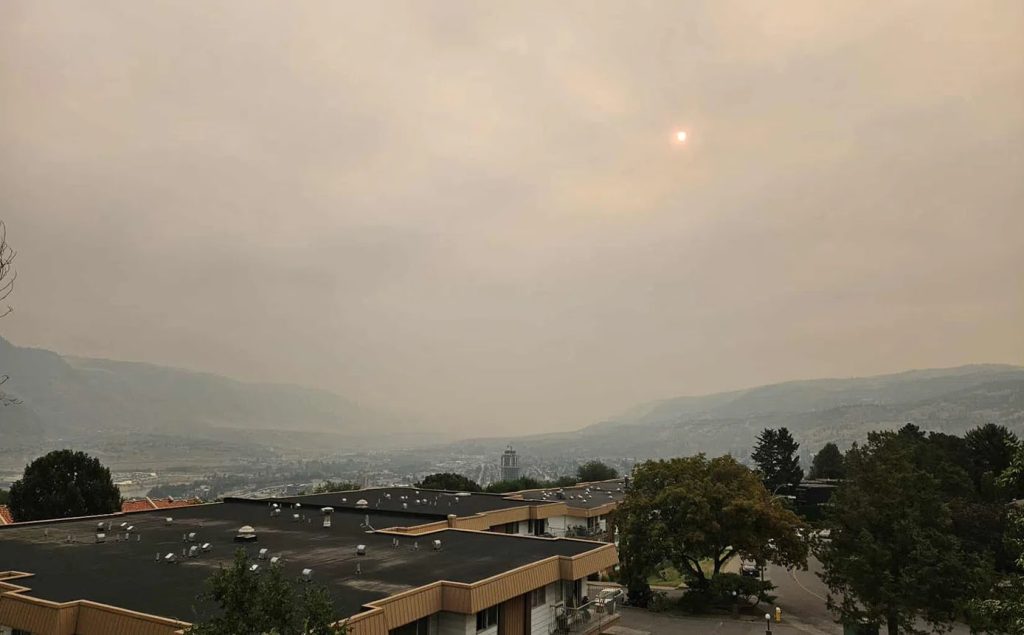
3. Wildlife Awareness Is Key
Kamloops’ wild beauty also means wild neighbors—deer, coyotes, and even the occasional bear can be spotted.
Personal Reflection: During an early morning walk in Peterson Creek Park, I came across a deer grazing near the path. It was calm, but it reminded me how close the natural and urban worlds are here. Later, a local told me that coyotes sometimes roam closer to residential areas in the fall.
Advice:
- Stay alert: If you’re walking or jogging with headphones, keep one ear free.
- Carry bear spray: Especially if hiking in less-frequented areas like Stake Lake or Paul Lake.
- Keep distance: Wildlife is beautiful from afar; don’t try to feed or approach.
- Garbage caution: If you’re camping nearby, always use bear-proof containers.
4. Hydration and Health in a Semi-Arid Climate
One thing many travelers don’t expect: Kamloops is dry. Even in fall or spring, the air can leave your skin and throat parched.
Personal Reflection: On my first summer trip, I underestimated how thirsty I’d get. After an afternoon exploring Riverside Park, I realized I hadn’t drunk enough water and ended up with a pounding headache. Since then, I never go out without a refillable water bottle.
Advice:
- Carry water always, even on short outings.
- Pack moisturizer and lip balm to avoid dryness.
- For hikes, consider electrolyte packets—heat or long climbs can deplete you quickly.
5. Mind Your Belongings Downtown
Kamloops is generally safe, but like any city, it has its share of petty theft, especially around busy public areas.
Personal Reflection: One summer evening, I left my backpack unattended at Riverside Park while I took photos. Within minutes, a passerby had moved it. Thankfully, it was only shifted aside by a park staff member, but my heart sank in that moment.
Advice:
- Never leave bags or cameras unattended.
- Use hotel safes for passports or valuables. (For accommodations, I often book through Booking.com Canada or Hotels.com, which let me filter for properties with in-room safes.)
- Keep wallets and phones in front or zipped pockets.
6. Navigating the Roads Safely
Driving in and around Kamloops can be both beautiful and challenging. The hills and highway junctions require focus.
Personal Reflection: On one rainy October drive to Kamloops Lake, I underestimated how slick the roads could get. The curves along the hillside were sharper than expected, and I learned quickly to slow down more than usual.
Advice:
- If renting a car, ask about winter tires in October–March. Platforms like Expedia.ca and Rentalcars.ca let you filter rental options with winter prep.
- Drive cautiously on Highway 1 and Highway 5, especially at night. Wildlife sometimes crosses the road unexpectedly.
- In town, watch for cyclists and scooters sharing the roads.
7. Food and Water Safety
While Kamloops has excellent dining options, safe food habits are part of every trip.
Personal Reflection: I once grabbed a quick meal from a roadside food truck. It was delicious but a little risky since I wasn’t sure how long the food had been sitting. Luckily, all was well—but I became more mindful afterward.
Advice:
- Stick to reputable restaurants downtown. I often use OpenTable Canada to book spots at places like Brownstone or Mittz Kitchen.
- If you picnic or camp, keep food sealed and stored away from animals.
- Drink tap water confidently—Kamloops has safe municipal water.
8. Stay Connected, But Prepare for Gaps
Kamloops’ downtown has strong connectivity, but the surrounding hills and trails may not.
Personal Reflection: Once while hiking at Kenna Cartwright Park, my phone lost signal. I hadn’t told anyone my route, and for a brief moment, I felt uneasy. Fortunately, I found my way back quickly.
Advice:
- Share your plans if hiking or exploring farther areas.
- Download offline maps from Google Maps or AllTrails.
- Carry a small power bank; apps like Uber, Lyft, or bike-share services depend on your phone.
9. Respect Local Culture and Spaces
Safety also comes from harmony—knowing how to respect the local environment and community.
Personal Reflection: At Riverside Park one summer, I saw visitors ignoring signs about swimming in strong current areas. Locals were quick to point out that those warnings exist for good reason.
Advice:
- Always read and follow posted signs.
- Respect Indigenous lands and cultural spaces. Kamloops lies within the territory of the Secwepemc people.
- Participate respectfully in festivals or events, keeping personal belongings secure. (Tickets for events can often be found through Viator or GetYourGuide.)
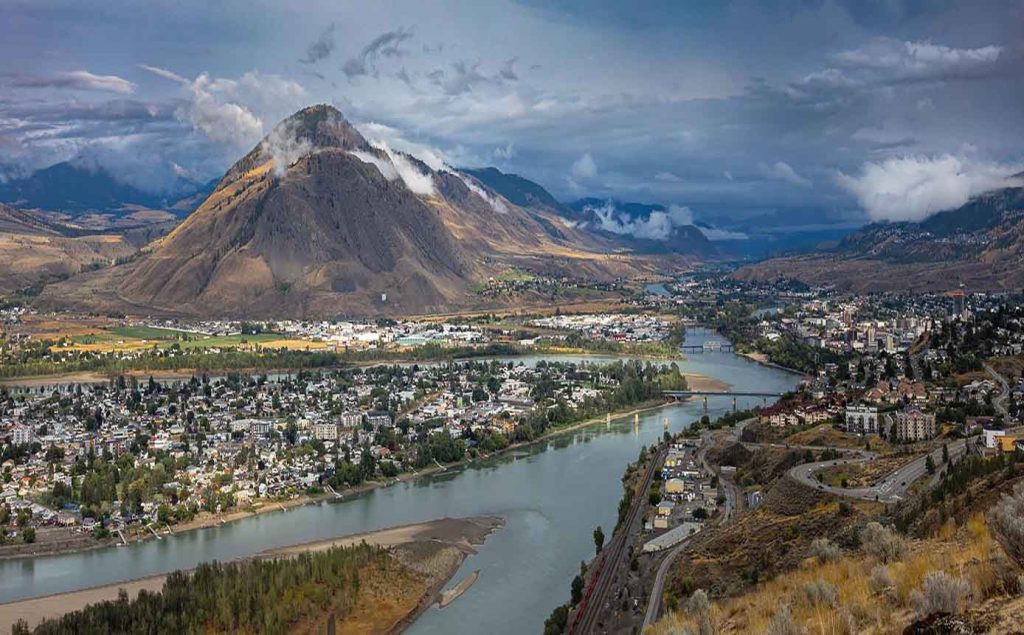
10. Trust Your Instincts
Perhaps the most important safety advice is internal: listen to yourself.
Personal Reflection: One night, I considered walking back from a downtown pub to my hotel instead of calling a ride. Something in me hesitated—the streets were darker than I expected. I chose Uber instead, and later I was glad I trusted that small voice.
Advice:
- If a situation feels off, step away.
- Keep emergency contacts handy, including local taxi numbers.
- Remember: enjoying your trip safely matters more than pushing your limits.
Using Canadian Travel Platforms to Stay Secure
I’ve found that planning ahead with trusted platforms makes me feel safer and more organized:
- Flights: I use Skyscanner Canada or Expedia.ca to find routes into Kamloops Airport, making sure I can arrive in daylight if possible.
- Hotels: Platforms like Booking.com Canada and Hotels.com let me filter by location and security features. Staying central often means safer, more walkable evenings.
- Dining: OpenTable Canada avoids the stress of waiting in unfamiliar areas.
- Tours & Tickets: Viator and GetYourGuide help me book in advance, so I’m not wandering around unsure of entry times or ticket lines.
Safety in Kamloops doesn’t mean limiting your experiences—it means empowering them. When I walk along the riverside, climb into the hills, or sip coffee in a bustling café, I feel relaxed because I’ve prepared. These ten tips are my way of making sure that every adventure—whether it’s your first time here or your tenth—remains joyful and stress-free.
Kamloops is a city that rewards awareness. Its natural beauty, cultural vibrancy, and warm community are best enjoyed when you’re confident in your choices and mindful of your surroundings. My advice is simple: prepare wisely, respect the land, and let your instincts guide you. That way, every sunrise hike or downtown evening becomes not just safe, but unforgettable.
